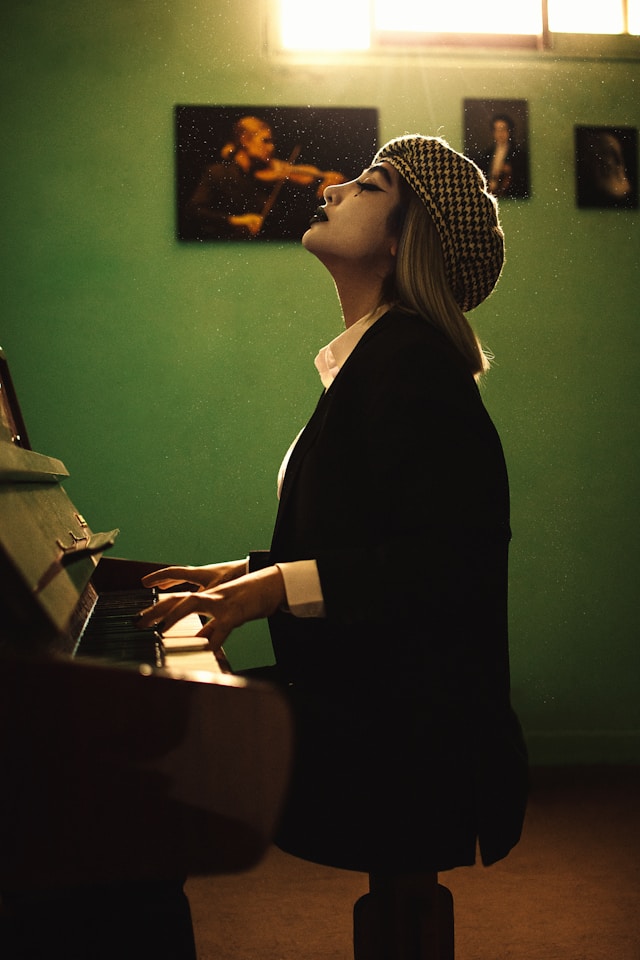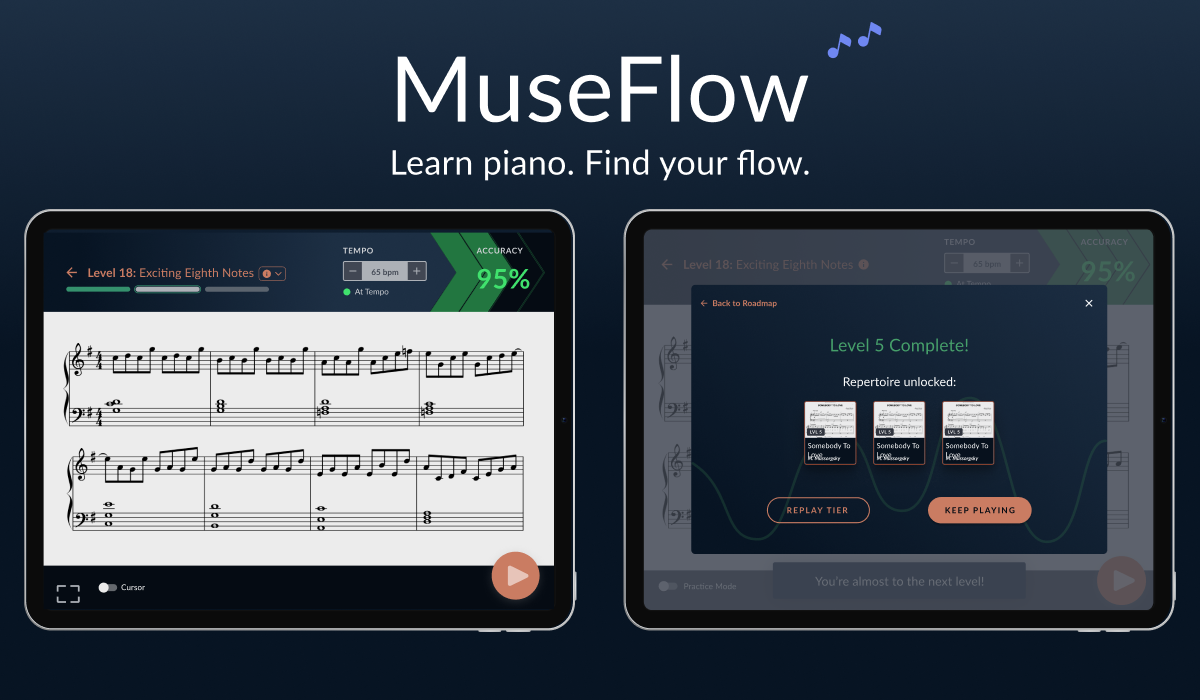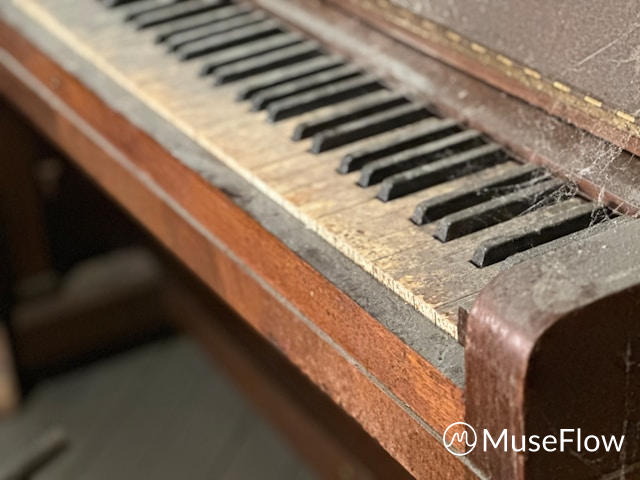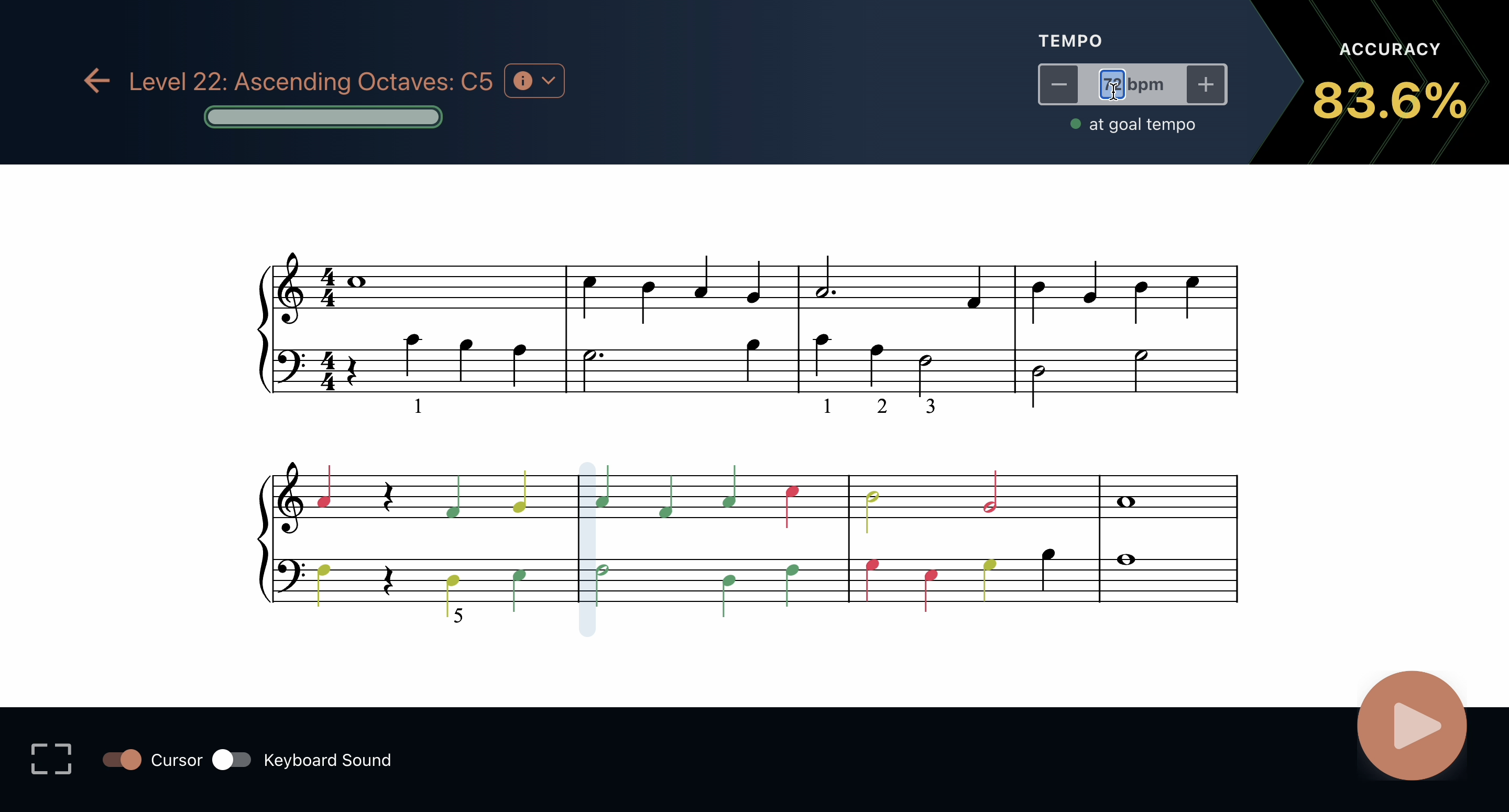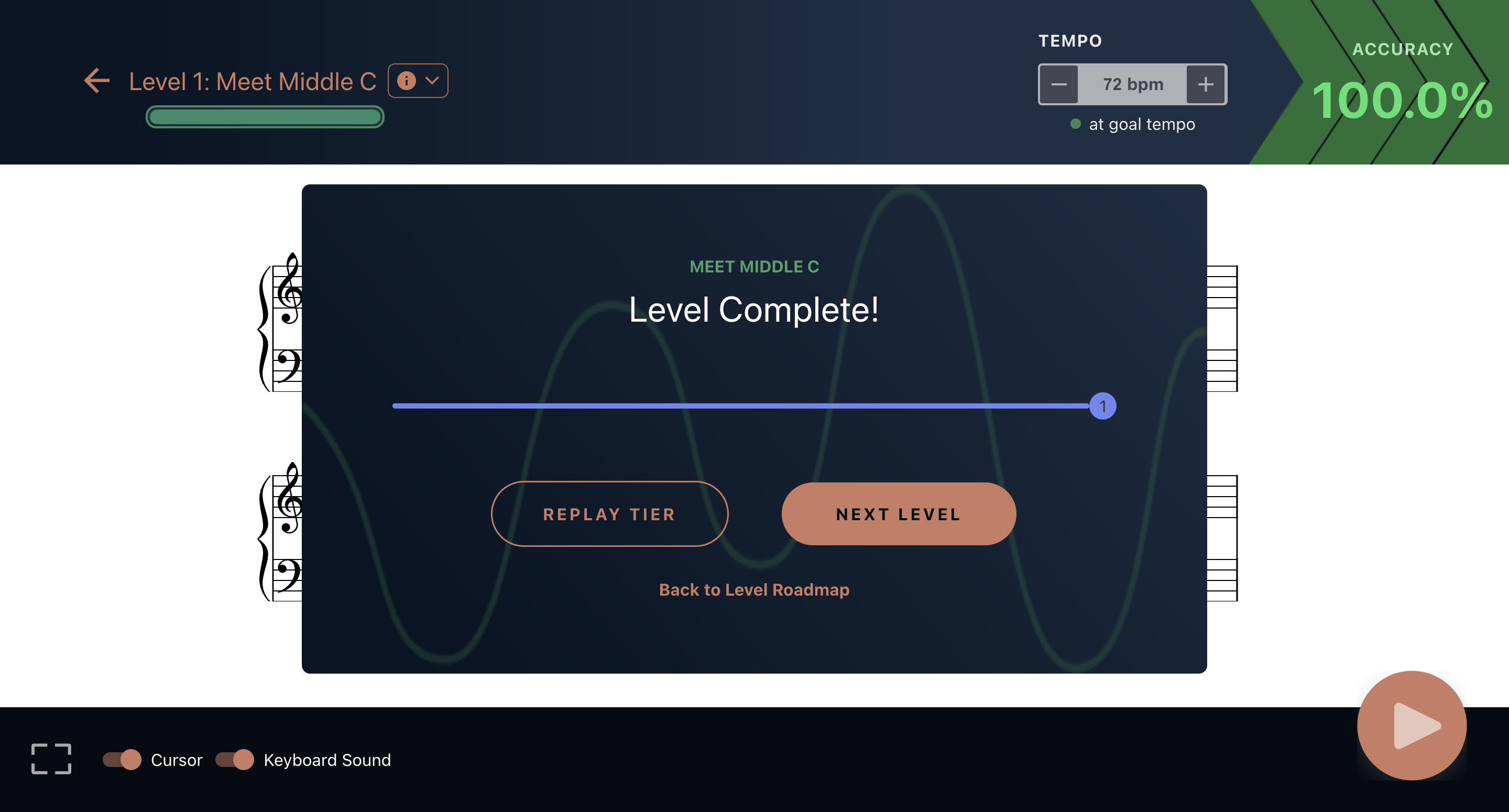Learn to Play Piano with AI:4 Reasons Why You Need MuseFlow
Are you curious about how to learn to play piano with AI? Then you're at the right spot! Technology is revolutionizing education, especially in 2024... and piano learning is no exception. MuseFlow is currently the best, offering a new innovative app that makes learning piano fun, efficient, and personalized. Check out these 4 reasons why this new app is the best to help you learn to play piano with AI!

1. AI-Driven Personalization for Optimal Learning
People who are learning how to play piano LOVE MuseFlow. One of the main reasons why is the AI-driven personalization. This is amazing because it makes sure that your learning experience is tailored specifically to your unique needs. As you might know, traditional piano lessons follow a generic (and often boring) approach. The piano AI app uses advanced algorithms to analyze your progress and adjust the difficulty level accordingly. This means that whether you're a beginner struggling with basic notes or an advanced player refining complex pieces, the software adapts to keep you challenged but NOT overwhelmed. This keeps the learning experience fun and not frustrating.
This personalized should answer the question "Is there a way to learn to play piano with AI?" with a strong YES. The AI monitors your playing style, identifies areas for improvement, and provides custom exercises to help you progress faster than with conventional methods. This level of customization makes learning a lot faster and also more enjoyable.

2. A User-Friendly Design - Making it Fun to Learn to Play the Piano
One of the most important aspects of a successful learning app is its design, yes it's that important! MuseFlow excels in this area with its immersive and user-friendly interface... The app's design is both visually appealing & functional. This provides a pleasant learning environment that keeps distractions away. The intuitive layout makes it easy to navigate through lessons, practice sessions, and progress tracking. The goal is to get you into that beautiful flow state where learning becomes very easy.
The great design philosophy really makes sure that the learning experience is seamless & enjoyable. If you pay close attention, you will see that the colors are thoughtfully chosen. The clean user-interface helps maintain your focus on playing, allowing you to fully immerse yourself in the music. This exact attention to detail in the design increases your ability to learn and enjoy the process. No other apps on the market, makes learning piano with AI so easy! Just look at the screenshot below.


3. Engaging Gamification Keeps You Motivated!
The Los Angeles based engineering team made learning piano into an engaging and interactive game. They integrate gamification deeply into the learning process. Each new rhythm and note is a level you need to pass, and your performance is tracked in real-time with color-coded notes and a scoring system. Just how you want to keep playing a video game is how you want to keep playing the piano.
Another great feature is that the software gives immediate feedback on accuracy and tempo. This turns practice sessions into a fun challenge. This approach also keeps you motivated and eager to improve.. and this makes it easier to stick with your practice routine. By making the learning process feel like a game, the AI tech answers the works better than a traditional piano teacher. That's why so many users call MuseFlow the best piano learning app.

4. Comprehensive Learning Tools & Features
MuseFlow offers a wide range of tools & features to support your piano learning journey. The app provides quick tutorials before each level, ensuring you understand the key concepts and techniques needed to succeed. Real-time feedback with pattern recognition algorithms. This helps you identify and correct mistakes instantly, allowing you to improve quicker that traditional lessons!
Moreover, MuseFlow is continually expanding its features to provide even more value... Planned updates include advanced curriculum options, AI-driven pattern recognition for even deeper personal insights, and new practice modes for ear training. These comprehensive tools support your journey and make sure that you develop a well-rounded skill set - from technical proficiency to musical understanding.

Conclusion
In conclusion, if you're wondering how to learn to play piano with AI, MuseFlow is the best app on the market. As mentioned above, its AI-driven personalization, engaging gamification, immersive design, and comprehensive learning tools create the best possible learning experience in 2024. MuseFlow makes learning piano not just effective but also really really fun and enjoyable. We promise it will keep you motivated and accelerate progress quickly.
.svg)
